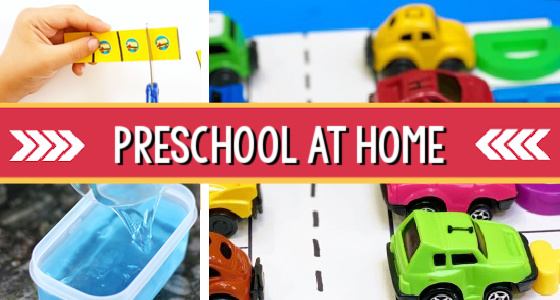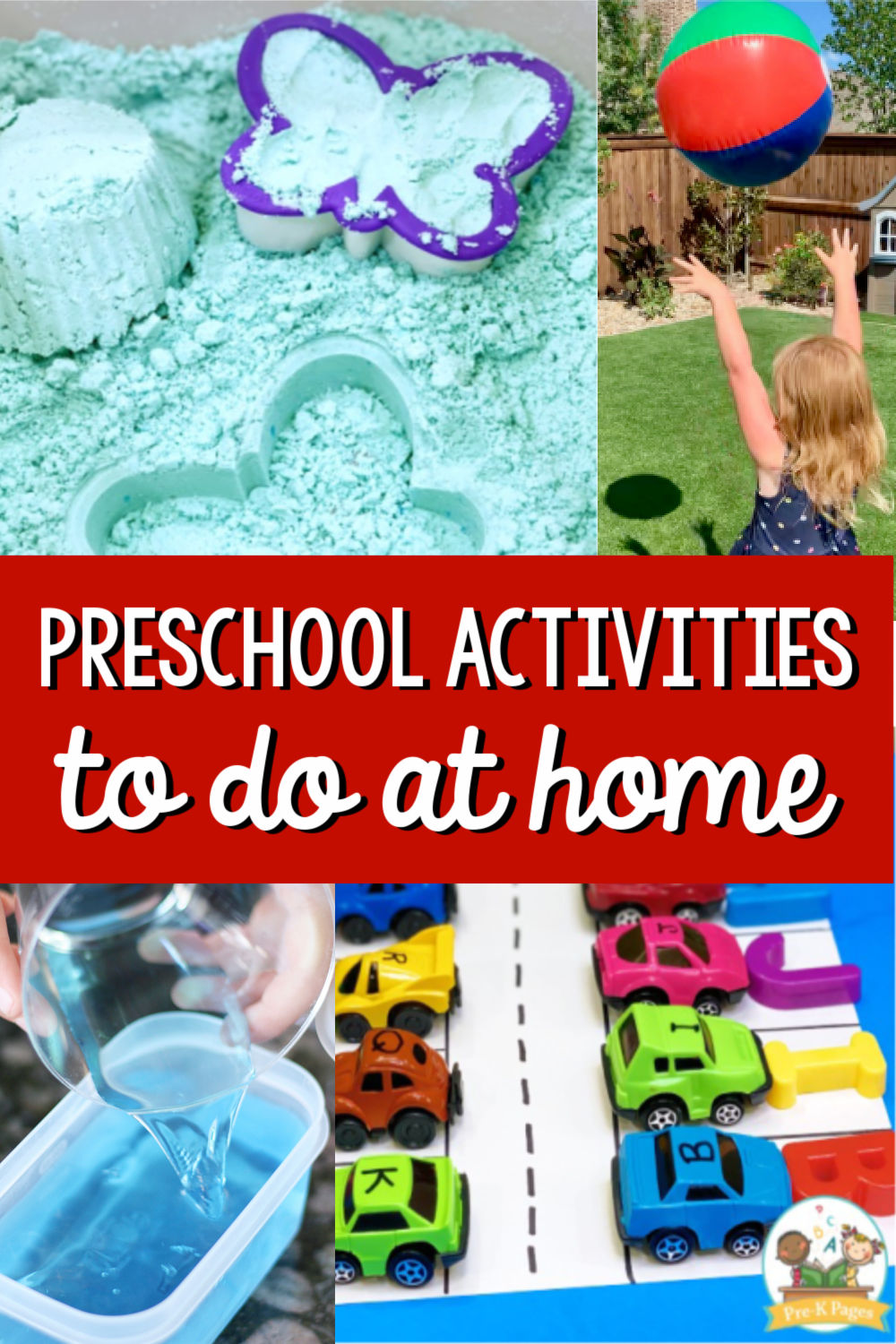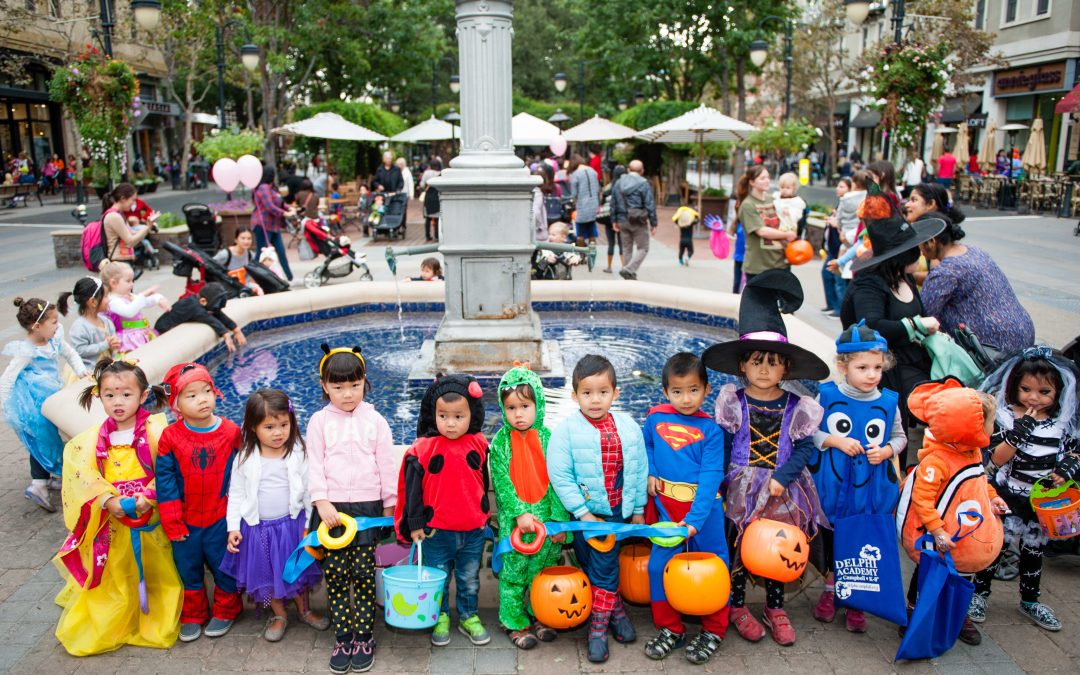Embarking on a homeschooling journey with your preschooler can be an enriching experience, fostering not just academic growth but emotional and social development too. At-home learning offers a unique chance to tailor educational activities to your child’s interests and pace of learning while deepening family bonds. In our current climate, where uncertainty can stir anxieties, a structured yet flexible learning environment at home helps maintain a semblance of normalcy for our little ones. Engaging in imaginative play and educational activities can bridge the gap between school and home, making learning a continuous, fun adventure.
By integrating a variety of activities that touch on key developmental areas such as physical wellness, language and literacy, and social-emotional growth, parents can support their preschooler’s holistic development. Whether it’s crafting with natural materials, playing imaginative games, or delving into storybook adventures, each activity is an opportunity to explore and learn. These experiences not only equip children with foundational skills but also foster a love for learning that extends beyond the preschool years. Let’s delve into how parents can support learning across these pivotal areas with activities that are both educational and enjoyable.

- Versatile preschool activities to engage and educate at home or in the classroom. Source: Editor – pre-kpages.com
To kickstart your preschooler’s at-home learning journey, incorporating activities tailored to critical developmental areas is key. For physical development, engaging in ‘Real or Make-Believe’ games or collaborative sidewalk chalk art can promote motor skills while sparking creativity. Language and literacy can be nurtured by encouraging your child to create and narrate stories with their toys, or by playing alphabet soup to deepen their familiarity with letters and sounds. These activities not only build academic foundations but also encourage children to express themselves and develop their imaginations.
Social and emotional development can be supported by exploring feelings through storytelling and play, helping children navigate their own emotions and those of others. Memory and focus activities, like creating rhythm patterns or a homemade beanstalk for measurement games, strengthen cognitive skills through engaging, hands-on experiences. Lastly, fostering creative expression can be as simple as acting out fairy tales, crafting imaginative hats, or transforming cardboard boxes into new creations, providing an outlet for creativity and problem-solving skills.

- Tailored at-home learning activities designed for each developmental stage. Source: kindercare.com
Creating an engaging learning environment at home goes beyond just setting up activities. It’s about turning each interaction into a moment of connection and discovery. Start by setting aside dedicated time each day for learning activities, creating a routine that your child can look forward to. Incorporate your child’s interests to make learning relevant and exciting. Whether it’s dinosaurs, space, or fairy tales, tailoring activities around these themes can make education more compelling. Remember, the goal is not just to educate but to inspire a love of learning.
Additionally, take cues from your child’s responses to activities to adapt your approach. If they show great interest in a particular topic, dive deeper. If they struggle with a concept, consider different ways to explore it that might align better with their learning style. Embrace the messy, unpredictable nature of learning with young children. Celebrate successes, no matter how small, and view challenges as opportunities to learn together. Most importantly, make learning fun. Your enthusiasm will undoubtedly spark curiosity and eagerness in your preschooler.

- Simple and engaging activities for preschoolers to learn and grow at home. Source: Editor – pre-kpages.com
At-home learning for preschoolers is not just about academic preparation; it’s a journey that encompasses physical, emotional, and creative development. By integrating a variety of stimulating activities, parents can provide a well-rounded educational experience that enriches their preschooler’s development in every way. The benefits of this approach extend beyond preschool, laying the groundwork for a lifelong love of learning. There’s no one-size-fits-all when it comes to education, and at-home learning offers the flexibility to discover what works best for your child. Embrace this adventure with open arms and a spirit of curiosity, and watch as your preschooler flourishes.
In conclusion, the array of at-home activities available to parents and preschoolers is vast and varied, covering every developmental area vital for young learners. From physical play that hones motor skills to creative storytelling fostering language development, and emotional role play to explorative science experiments, the opportunities for learning and growth are endless. Encouraging this exploration not only strengthens familial bonds but also prepares preschoolers for future academic and social success. Let these moments of learning be a joyful voyage for both you and your child, filled with wonder, discovery, and laughter.




